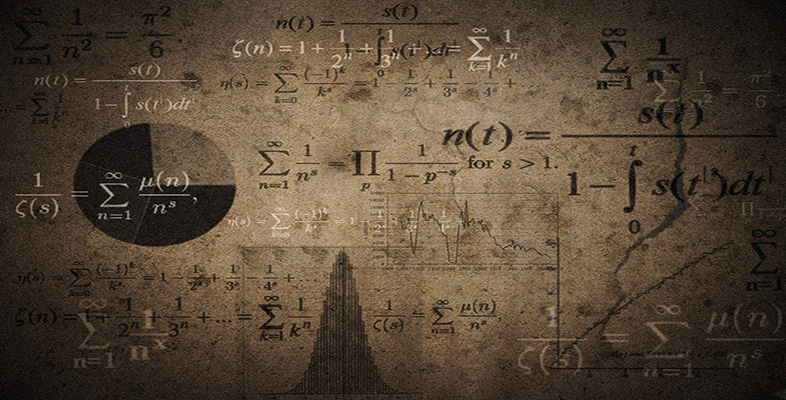2.8.1 Try some yourself
Activity 9
What do the following mean?
(a) (5 + 8)/(4 − 2)
(b) 5 + 8/4 − 2
(c) (4 + 5)(5 − 2)
(d)

(e)

(f)

(g) (12 − 9)−1
Answer
(a) Add 5 and 8, and then divide the result by the difference between 4 and 2. (This gives
 .)
.)(b) Add 5 to the division 8/4, and then subtract 2. (This gives 5.)
(c) Multiply the sum of 4 and 5 by the difference between 5 and 2. (This gives 27.)
(d) Multiply 9 by the square root of 4. (This gives 18.)
(e) Multiply 5 by 6, and then divide by 2. (This gives 15.)
(f) The cube of the square root of 25. (That is, 125.)
(g) The reciprocal of 12 minus 9. (That is,
 )
)
Activity 10
What do these symbols mean?
(a) =
(b)
(c) >
(d)

Answer
(a) = means ‘equals’ or ‘equal to’ or ‘which equals’.
(b) or ‘which is less than’.
(c) > means ‘greater than’ or ‘which is greater than’.
(d)
 means ‘is approximately equal to’.
means ‘is approximately equal to’.
Activity 11
What do the following mean?
(a) mass ≥ 10 kg
(b) time 6 h
(c) 2/3 ≠ 0.67
Answer
(a) The mass is greater than or equal to 10 kg.
(b) The time is less than 2.4 million hours.
(c) Two-thirds (or 2 divided by 3) is not equal to 0.67.
